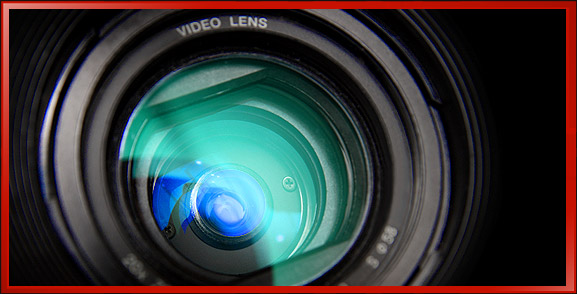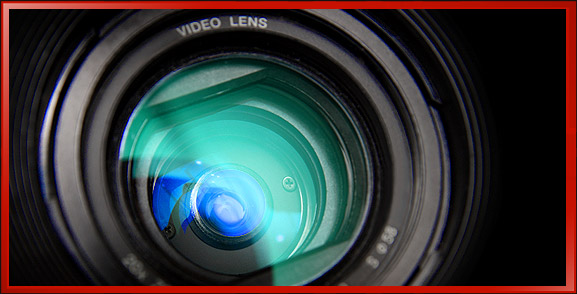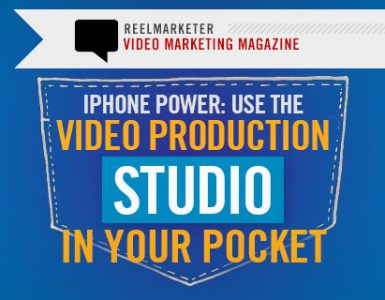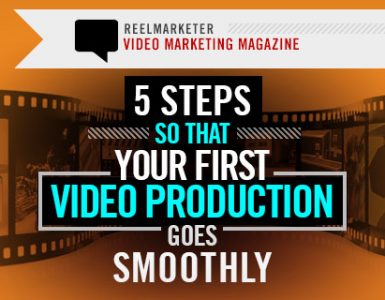Week six of Ellen Friedland's series ‘Tips for Corporate Video Production' hosted by the New York video producer herself! Back from last week, and once a week, a new set of tips will be published on Reel Designer with a relevant tip to help you save time, money and increase production value on your next shoot!
Week 6: Using the Documentary Genre for Business Video
By Ellen Friedland
Once mostly limited to specialty TV stations or film festivals and associated with more lengthy productions, the genre of “documentary” film is now spreading its media wings.
Documentaries are meant to “document” information and pass onto viewers objective perspectives on issues they are covering – putting aside debates over inherent (and hopefully unconscious) subjectivity in alleged objective reportage. This lens of impartiality gives viewers a sense of trust about the information being conveyed. Since promotional or marketing videos are subjective by nature, documentaries are not an appropriate format for their presentation.
 Yet the labyrinth of information a company or organization wishes to express is far from one-dimensional. While some messages have clear subjective intents, others are more neutral, aimed at simply relating information the entity wants its audience to know. For instance, “about us” videos that appear on home or background website pages often recount a company’s history, product line, or other factual details.
Yet the labyrinth of information a company or organization wishes to express is far from one-dimensional. While some messages have clear subjective intents, others are more neutral, aimed at simply relating information the entity wants its audience to know. For instance, “about us” videos that appear on home or background website pages often recount a company’s history, product line, or other factual details.
In the end, of course, this type of video is a very good marketing tool in the sense that positively presented information leaves viewers with the kind of impression that keeps them coming back. Factual and anecdotal storytelling are also very well-suited to corporate anniversary videos that seek to generate excitement on the part of employees and other target audiences, including customers.
Or a company beginning a new and exciting project, such as the construction of a colorful facility, might want to record it as it unfolds, then edit the material when it is completed to show at a visitor center, another location onsite, a website, or social media pages. Keep in mind that when these pieces are produced as documentaries, the presentation of challenges that might (or might not have) been overcome is a necessary component, giving trustworthiness to the production.

For online magazines, documentary videos accompanying articles are likely to help generate vastly increased readership because so many people prefer to watch than to read. If the e-magazine had its roots in print where it had enough corporate advertisers to be successful, the publication should think about approaching those advertisers to sponsor documentaries about significant articles.
[embedit snippet=”ad2″]In light of the numbers of people who will watch as well as the ability for the sponsor to send the program around to its mailing lists and increase the exposure, this should be a win-win for all.Significantly, the documentary genre is quite popular. Some of the most well-loved fictional TV shows copy the basic format. For example, Modern Family intersperses its stories with documentary-style interviews of the key characters. In short, this type of production will increase viewership and fans.
Here are some tips for organizations producing documentary or documentary-style productions:
- Sift through the various messages of the business to determine which ones are more factual and objective, and focus on those subjects for the production
- A documentary can be as short as a few minutes and as long as 1.5 or more hours. A lot of thinking should go into the nature of the audience and the messages being conveyed. A general rule for producing documentaries is that it ought to be short enough that the viewer would have liked to have seen more; it should never get to a point at which the viewer is bored.
- Consider the nature of the content to be included in the program. For interviewees: What are the various topics that will be discussed, and who is best qualified to discuss each one? If opinions are involved, have you presented a plethora or limited that segment to a single voice, thereby destroying the objectivity and potentially the credibility?
- Make sure the interviewees are well lit and the audio is good. Use direct microphones so background noises can be filtered out.
- For visuals that will be shown on screen (b-roll): What kinds of images best represent the points being made? The visuals need not be literal, but their inclusion should emphasize the speakers’ comments in some way. Depending upon the storyline, this may come in the way of new video that needs to be shot and/or the organization’s archives of photos, past film or video, and other materials.
- Storyline is always king. A bunch of good quotes strung together in a disorganized fashion will be counterproductive. If transitions need to be made between sound bites, consider the use of textual graphics.
With the popularity of video as a communication medium, organizations should consider producing many films and using documentary as a genre for some productions, while maintaining a more traditional marketing or public relations approach for others!
Click to read the previous week's popular tip: Rethinking Video Production: Video Tips for Nonprofits!





